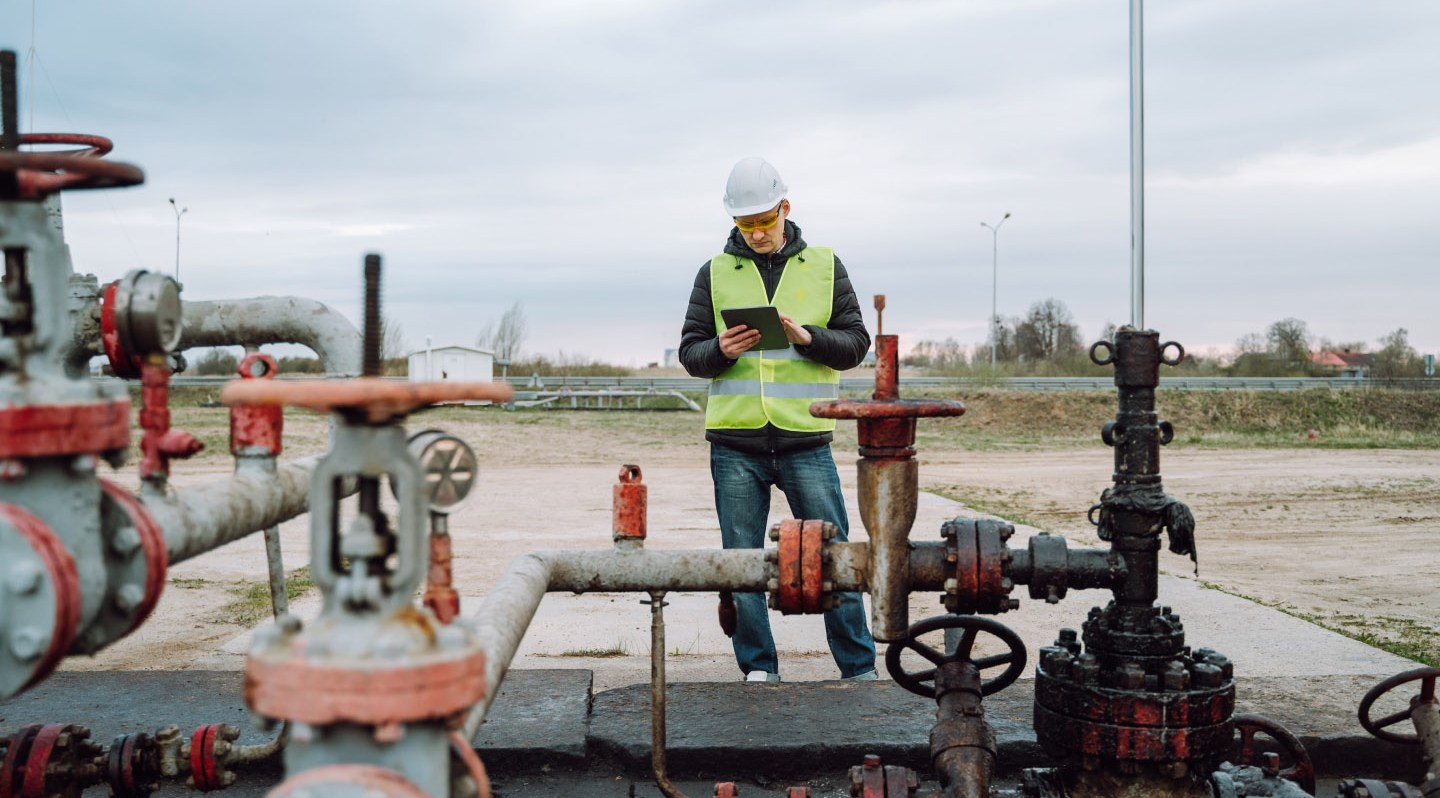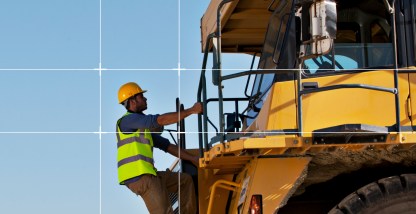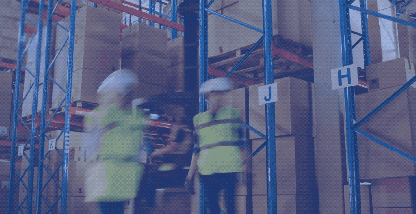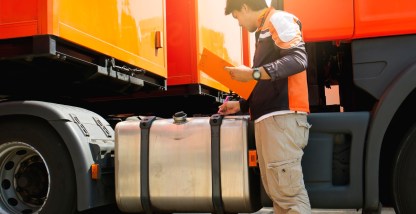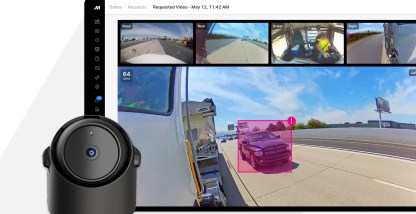Oil and gas worksites are typically in remote locations with extreme conditions — excessive heat, cold, high winds, harsh blizzards, even hurricanes. Oil and gas sites are often staffed by workers who may go days without seeing another human being. Add the hazards of working with highly flammable materials and you’ve got a recipe for risk.
In 2020, the oil and gas pipeline industry recorded 578 injury incidents. The most common injuries include severe burns, head and brain injuries, broken bones, and amputations.
Motor vehicle crashes cause more than half of all work-related deaths among oil and gas fleet workers. A single fatal on-the-job collision costs employers an estimated $671,000, with the potential for much higher settlements.
The sheer remoteness of oil and gas sites can make injuries worse. Emergency services could be hours away, and remote areas lack landmarks, making it difficult for workers and rescuers to find each other.
Fortunately, technology can help make these remote worksites safer. Motive’s automated coaching can promote safe driver behavior, while remote telematics, cameras, and geofencing can keep solo workers connected with dispatch. Then, if something’s not right, oil and gas fleet managers are alerted instantly.
Prevent risky behaviors that can cause accidents
Many of the motor vehicle collision deaths in the oil and gas industry result from driver fatigue. After all, workers on remote sites often struggle to get enough sleep. They tend to work long hours, driving long distances on secondary or unpaved roads to reach the next site.
Over time, oil and gas fleet drivers can develop high-risk habits, such as speeding, distracted driving, or not wearing a seatbelt. Motive’s continual dash cam monitoring paired with AI identifies risky behaviors like these. Integrated, automated coaching can prompt drivers to self-correct whenever they exhibit unsafe habits at the wheel. And real-time alerts can remind drivers to slow down, keep their eyes on the road, or pull over to get some rest.
Usher Transport reduced accidents annually by 32% after partnering with Motive. Beau Mosley, Executive Vice President of Safety and Human Resources, explains, “Motive allows us to be proactive about changing behavior. Of course, exonerating my drivers is key, but even more important is getting ahead of high-risk behaviors to prevent that crash before it occurs. The technology automatically pinpoints where we should be focusing our time and attention.”
Motive AI Dashcams can also provide video evidence for exoneration, helping avoid costly claims when your oil and gas fleet worker wasn’t at fault.
Geofence even the most remote sites
On many oil and gas sites, vehicles are expected to move regularly. So when a vehicle stays in one place too long, it could be a sign of trouble.
Motive’s geofencing keeps tabs on remote sites by monitoring vehicle movement. Motive can alert dispatch when a vehicle hasn’t moved in a set period of time, prompting you to check in with your worker. If a worker misses a scheduled check-in, Motive can pinpoint exactly where their vehicle is.
Geofencing can also alert you when a vehicle goes beyond site boundaries, indicating possible theft.
Stay connected during emergencies
Fires and explosions are among the most common threats on oil and gas sites, as static electricity, lightning, and other elements can easily ignite flammable liquids and vapors.
When an emergency strikes, time is of the essence. With Motive, safety managers can receive real-time alerts when a worker has an accident. Managers can also have easy access to captured footage, right in the Motive Fleet Management Dashboard. Visibility like this can save valuable minutes in an emergency when a worker may be injured or dealing with gas exposure or inclement weather. Even if workers are busy evacuating, Motive will continue to collect location and telematics data every one to three seconds.
Learn more about making remote oil and gas sites safer
Want to learn how Motive can help make your remote oil and gas fleets and worksites safer? Request a demo to get started.




